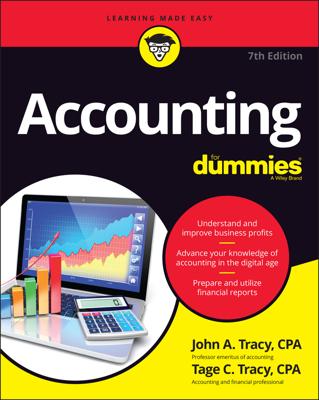The income statement you produce for external use — financial institutions and investors — may be very different from the one you produce for in-house use by your managers. Most business owners prefer to provide the minimum amount of detail necessary to satisfy external users of their financial statements, such as summaries of expenses instead of line-by-line expense details.
Internally, the contents of the income statement are a very different story. With more detail, your managers are better able to make accurate business decisions. Most businesses develop detailed reports based on the data collected to develop the income statement.
Items such as discounts, returns, and allowances are commonly pulled out of income statements and broken down into further detail:
Discounts are reductions on the retail price as part of a special sale. They may also be in the form of volume discounts provided to customers who buy large amounts of the company’s products. In order to put their Net Sales numbers in perspective, business owners and managers must track how much they reduce their revenues to attract sales.
Returns are transactions in which items are returned by the buyer for any reason — not the right size, damaged, defective, and so on. If a company’s number of returns increases dramatically, a larger problem may be the cause; therefore business owners need to track these numbers carefully in order to identify and resolve any problems with the items they sell.
Allowances cover gifts cards and other accounts that customers pay for upfront without taking any merchandise. Allowances are actually a liability for a business because the customer (or the person who was given the gift card) eventually comes back to get merchandise and doesn’t have to pay any cash in return.
Another section of the income statement that you’re likely to break down into more detail for internal use is the Cost of Goods Sold. Basically, you take the detail collected to calculate that line item, including beginning inventory, ending inventory, purchases, and purchase discounts, and present it in a separate report.
There’s no limit to the number of internal reports you can generate from the detail that goes into your income statement and other financial statements. Many businesses design a report that looks at month-to-month trends in revenue, cost of goods sold, and income. Using a computerized system, you can produce these reports at any time during the month.
Many companies will also design a report that compares actual spending to the budget. On this report, each of the income statement line items appear with their accompanying planned budget figures and the actual figures. You can flag any major differences and research them if necessary.

